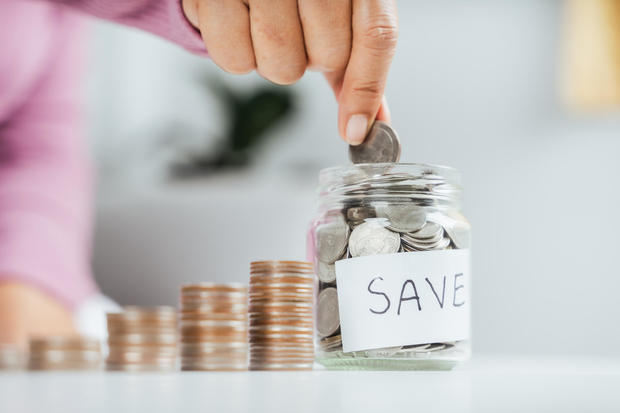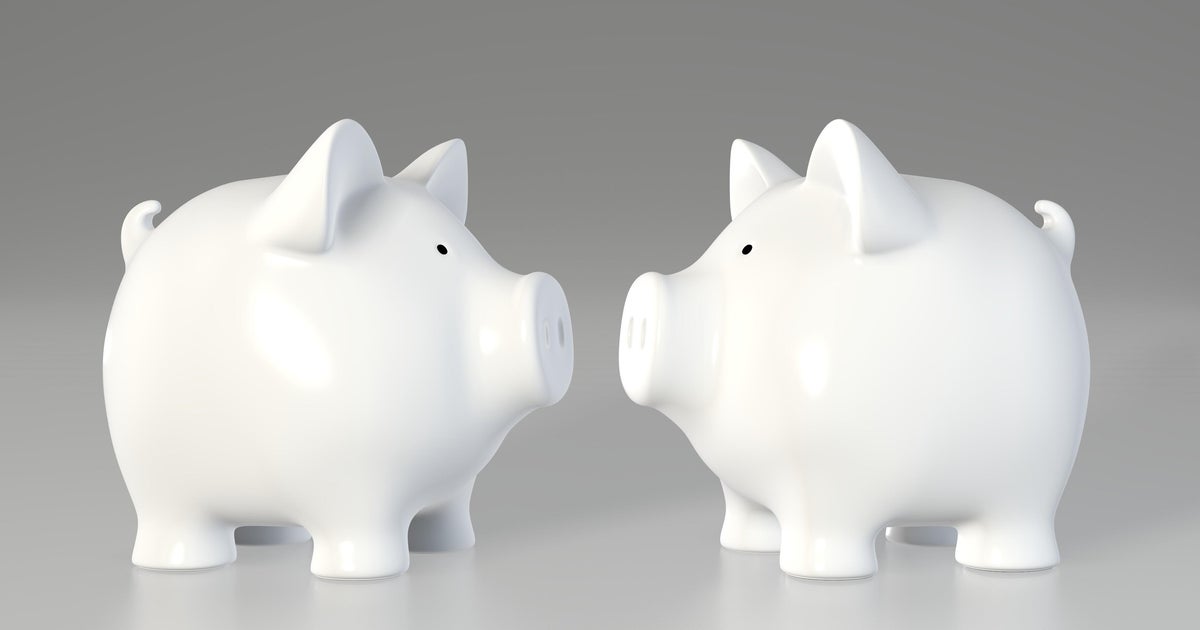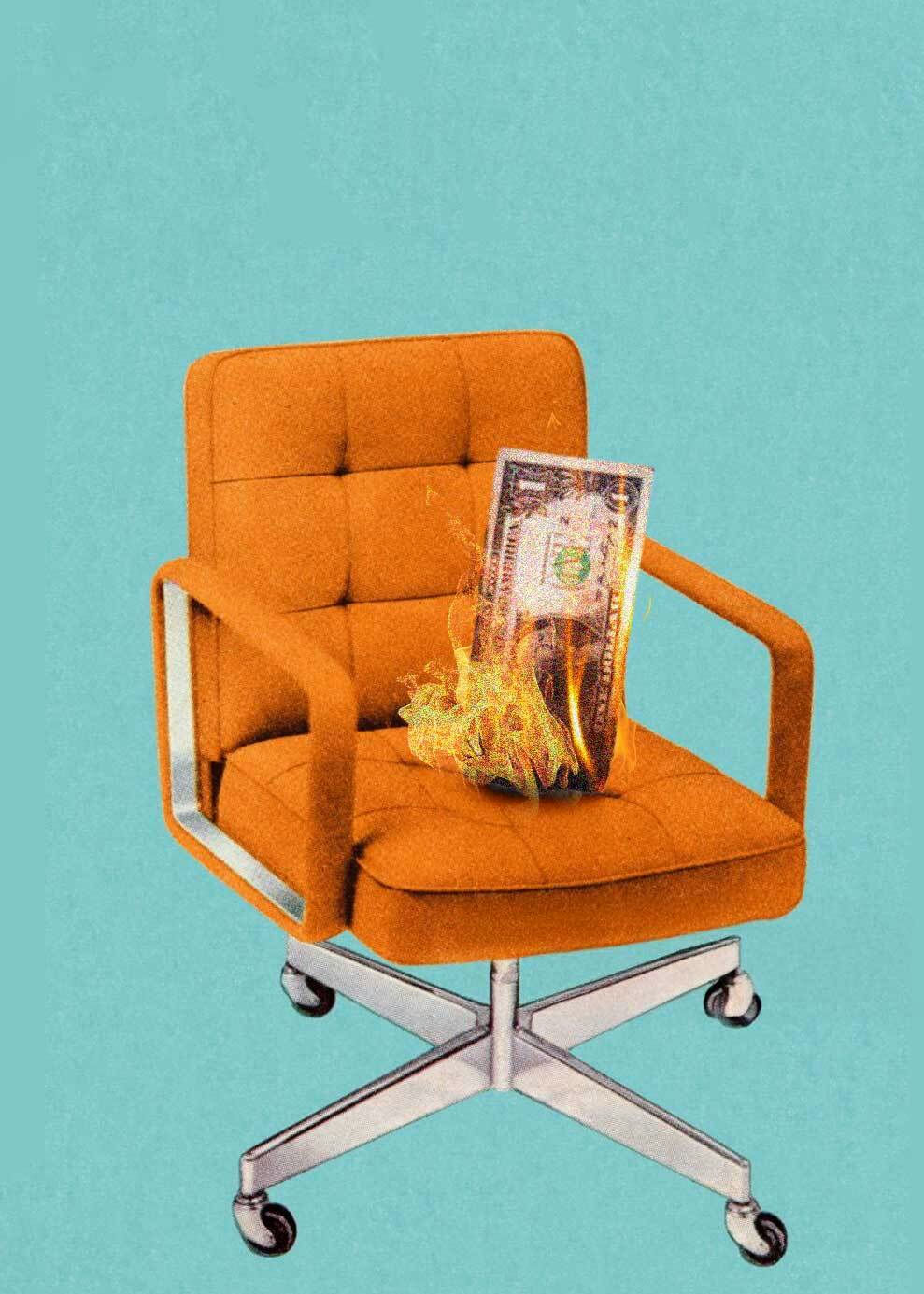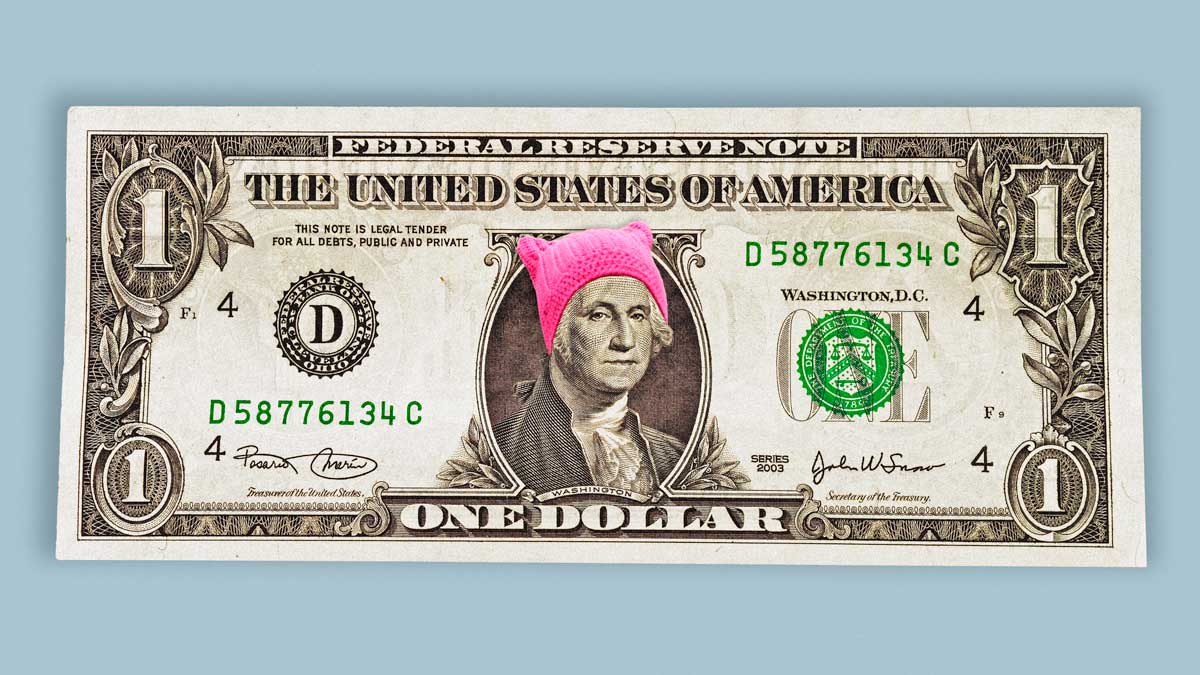Will high-yield savings accounts still be worth it if rates fall? Here's what experts say
With inflation cooling, all eyes are on the Fed's expected rate cuts in 2024. In December 2023, the Consumer Price Index for All Urban Consumers increased by 3.4% annually, but that's down considerably from when the inflation rate measured 9.1% in June 2022, according to the Bureau of Labor Statistics.
Meanwhile, the Fed has gone from ratcheting up interest rates from near-zero in early 2022 to bringing the fed funds rate to a target range of 5.25% to 5.50% in July 2023. However, the Fed has since paused interest rate hikes and has indicated that rates will fall by around 0.75% in 2024.
These Fed moves affect the rates that banks borrow from one another, which in turn affects the rates that banks offer customers. With a higher fed funds rate, banks are typically incentivized to raise rates for customers, as holding more deposits can then enable banks to loan money at even higher rates.
Thus, many savers have been able to take advantage of high interest rates recently. While the average savings account only pays 0.47% in annual interest, according to the FDIC, many high-yield savings accounts have lately been paying around 4 to 5%, if not more. But if rates fall as expected, will high-yield savings accounts still be worth it? That's what we will explore below.
Why high-yield savings accounts could still be beneficial if rates fall
Many experts think that because rates are likely to fall modestly, high-yield savings accounts could remain appealing to those looking to safeguard cash.
"Given that current interest rates are considerably higher than they have been in over a decade, high-yield savings accounts can still be an attractive investment vehicle for individuals who want to have cash available for short-term needs, such as their emergency fund," says Laurie Bodisch, founder and CEO, Her Wealth Coach.
Many experts recommend keeping your emergency fund relatively liquid and stable, thus a high-yield savings account could be a good place to park these funds, even if rates fall.
"For a saver or investor at any level, we always recommend having 3-6 months of fixed expenses in a cash reserve such as a high-yield savings or money market account," says Kris Maksimovich, president and financial advisor at Global Wealth Advisors.
Get started with a top high-yield savings account here now.
High-yield savings account alternatives to know
While high-yield savings accounts can be useful places to store emergency savings and cash for other short-term savings goals, they might not hold as much appeal for those looking to grow their wealth.
"High-yield savings accounts are generally not recommended as a one-and-done investment solution, but their historically high interest rates over the past several months have been a welcome source for generating low-risk investment returns," says Janelle McCreary, a Certified Financial Planner and wealth advisor at Curi RMB Capital.
"As interest rates are predicted to pull back this year, the rates paid on high-yield savings accounts will follow," says McCreary.
As a result, those with excess cash might instead seek higher returns elsewhere. One alternative is a certificate of deposit (CD), as savers could lock in rates now, before an expected drop.
"CDs are not as liquid as savings accounts, but if you're looking for relatively low risk with historically nice rates, it's a way to enjoy that higher interest rate long after the Fed drops rates. However, you should be careful not to invest any cash you may need before the CDs mature, as you could end up paying a penalty for early withdrawal," says McCreary.
Investors also might be willing to take on more risk in search of better returns on excess cash by allocating to stocks. High-quality dividend stocks are one option that could become more attractive compared to high-yield savings accounts if rates fall, says Bodisch. While these still have some investment risk, they can also offer an income stream, similar to interest income.
See what CD interest rate you could lock in here now.
The bottom line
High-yield savings accounts can be a good place to keep an emergency fund and save for other short-term goals, even if interest rates fall. But other accounts like CDs could be good for those who want to lock in returns for additional funds, while other assets like stocks could be good for those willing to take on more risk. And you don't have to choose just one place to put your money.
"It's always advisable to keep any funds above and beyond one's emergency fund invested in a well-diversified, low-cost portfolio," says McCreary.






